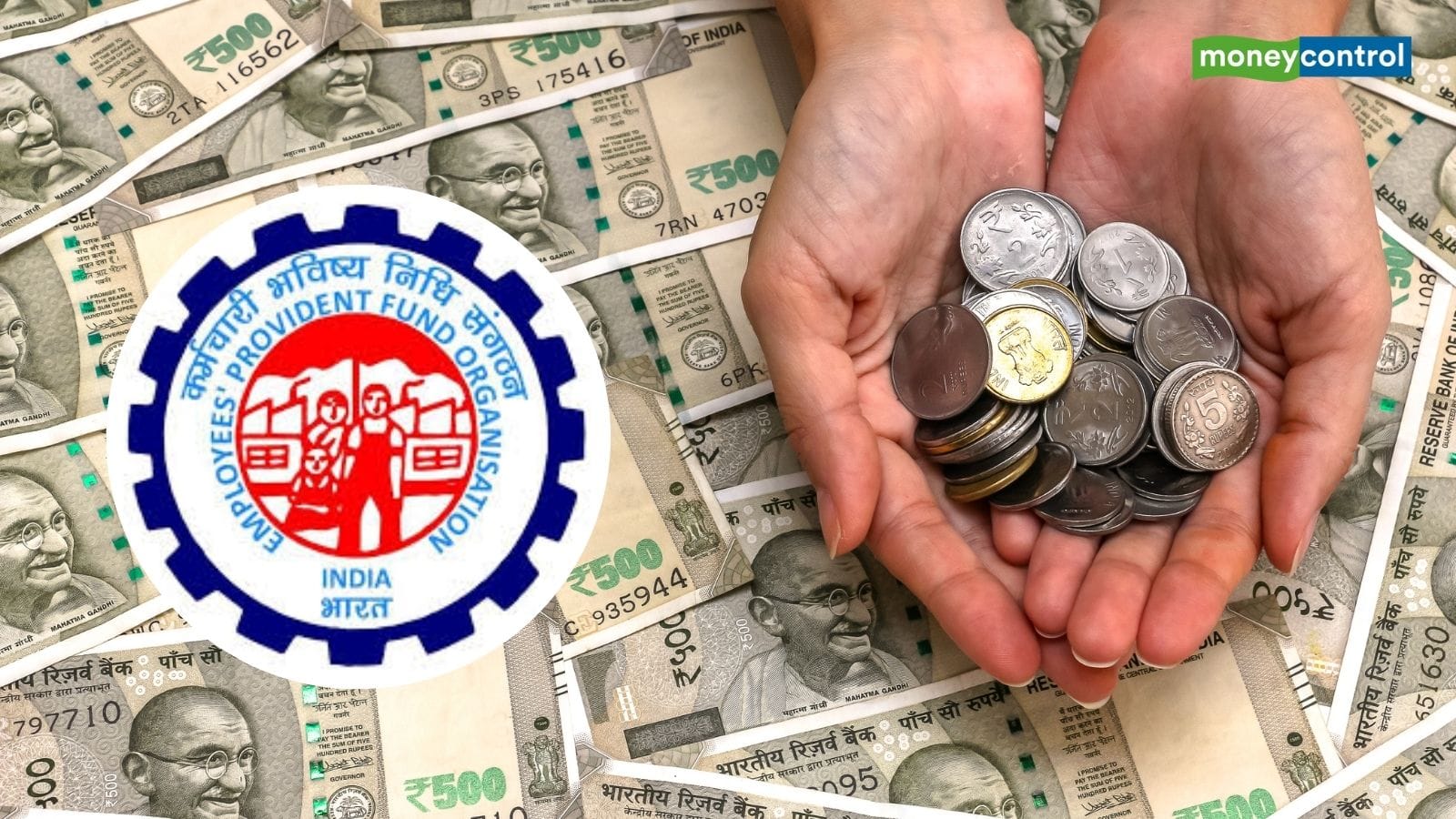
EPFO: If you work, then PF money is deducted every month from your salary. This money is for your saving and it handles EPFO i.e. Employees Provident Fund Organization. PF account not only saves, but it can also get pension in the future. But there are some rules for this. If you accidentally withdraw the entire money of PF, then you may not get the benefit of pension. Therefore, it is very important to know what are the rules related to PF and pension and what you should take care of.
How much money does PF go?
Every month 12% of your basic salary is deposited in PF account, and the company also gives the same amount as contribution. Out of this 12% of the company’s 12%, 8.33% goes to EPS and the remaining 3.67% is deposited in your EPF account.
Why not get pension?
If you contribute to the EPF continuously for 10 years, you become eligible for pension after the age of 50, but only when you have not removed the EPS fund. Often people withdraw all the money from their PF account after leaving the job – and during this time they also take part of the EPS. If you also withdraw EPS money, then you will not get the benefit of pension.
Do not remove ePS funds
That is why it is definitely not to withdraw money from EPS fund while withdrawing money when needed from PF account. By retaining the EPS fund, you can claim pension later.
The right time to claim pension
According to EPFO rules, if an employee contributes to the EPF for 10 years or more and does not remove the EPS fund, he can claim pension after the age of 50.
Facility increased due to new rule
EPFO has introduced a new facility from 1 January 2025, under which subscribers can now withdraw pension amount from any bank. Earlier this facility was available only through a fixed bank. Now the pension process has become easier through digital verification. Especially for those who have returned to their village or other cities after jobs. So if you want to take pension under EPFO, then it is very important to understand and follow the conditions related to EPS.